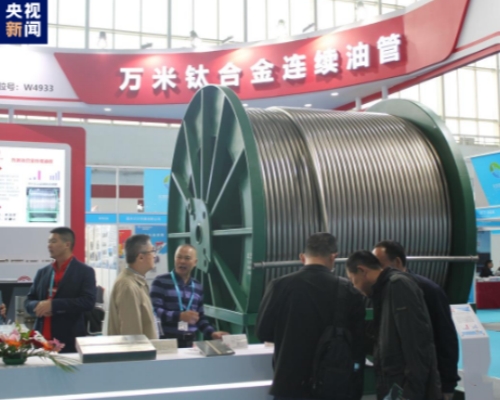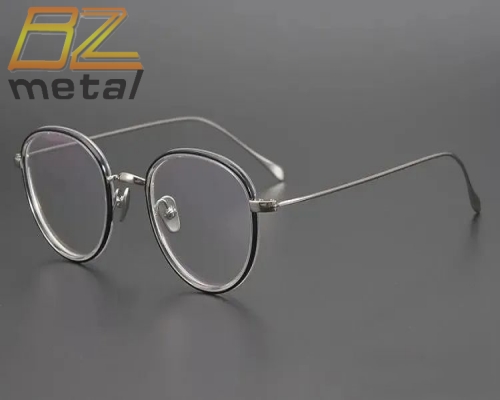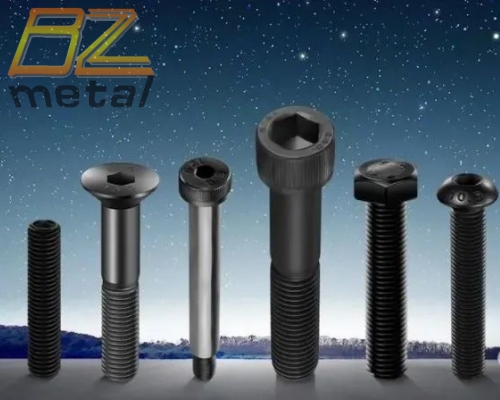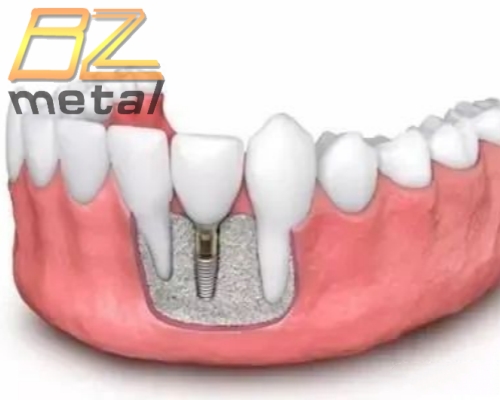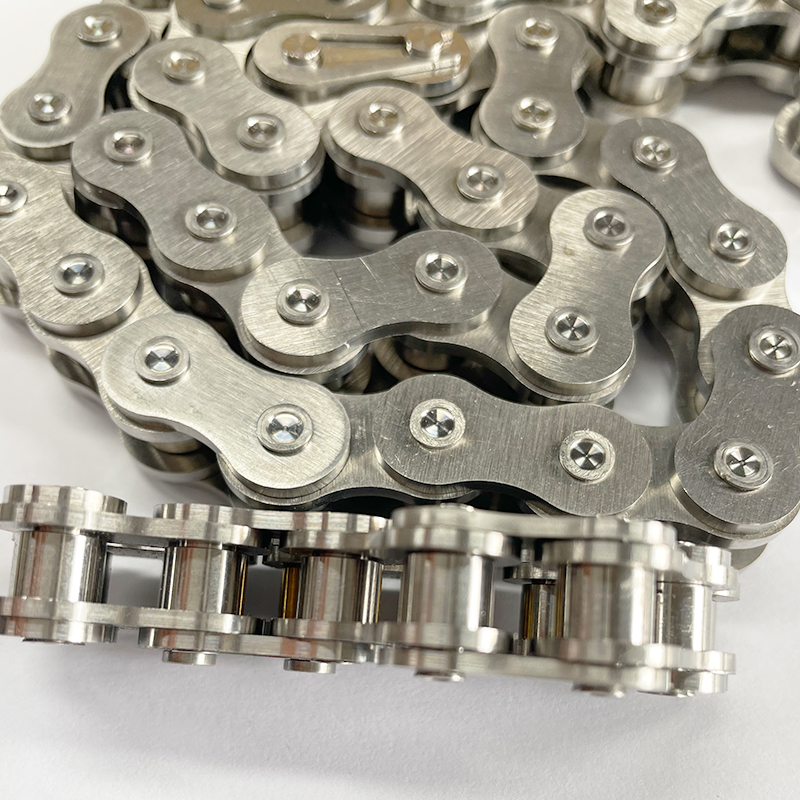Auckland 3D Titanium Printing Company cooperates with Satellite Manufacturers To Print Spacecraft
Auckland 3D Titanium Printing Company cooperates with satellite manufacturers to print spacecraft
Auckland-based 3D titanium printing company Zenith Tecnica is celebrating a five-year partnership with satellite manufacturer Maxar Technologies to 3D print 260 titanium components for the company's satellites.
Since 2016, Maxar Technologies has built and launched five spacecraft equipped with Zenith Tecnica 3D printed parts, and another 270 additively manufactured parts are currently being produced on eight other satellites.
"Maxar is committed to additive manufacturing and is an excellent customer," said Peter Sefont, Technical Director of Zenith Tecnica.
"The team is pragmatic and works with suppliers to successfully take advantage of all the advantages provided by additive manufacturing. We are very proud to be involved in the manufacture of their spacecraft."
Since its establishment in 2014, Zenith Tecnica has become one of the world's most productive electron beam melting (EBM) metal 3D printing service organizations. The company uses EBM printers from Arcam AB, a subsidiary of GE Additive, added the third and fourth machines in 2015, and added two Q10 plus systems in 2019.
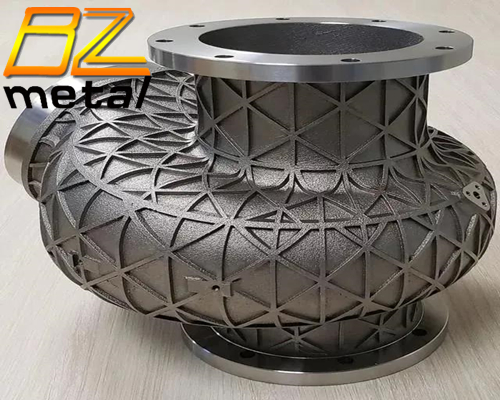
Zenith Tecnica used its Arcam machine to produce 3D printed metal aircraft parts during its ongoing cooperation with Air New Zealand. The company 3D printed wine aerators, cocktail trays and the metal frame of the in-flight entertainment screens used in the interiors of Air New Zealand aircraft. In 2016, Zenith Tecnica obtained the qualification to produce unmanned space components, and two years later, its first satellite component was put into orbit.
Using Zenith Tecnica's titanium 3D printing capabilities, the company's customers can optimize the hardware and thermal characteristics of parts designed for specific satellite features and payloads. Zenith Tecnica's 3D printing technology enables designs that were previously impossible with traditional manufacturing methods, providing parts with lighter weight, fewer hardware, and longer on-orbit life.
Maxar Technologies is an early adopter of additive manufacturing and established the Additive Center of Excellence in 2012. After verification and appraisal process, Zenith Tecnica's EBM titanium material and process obtained flight qualification. In 2016, the first batch of EBM titanium parts were sent to orbit.
Before heat treatment and processing of key assembly features, the titanium satellite parts were 3D printed using Zenith Tecnica's Arcam EBM machine. Then perform a 3D scan check to ensure that all parts meet specifications.
According to reports, since the introduction of Zenith Tecnica's additive manufacturing capabilities for the production of spacecraft components, Maxar Technologies has seen multiple benefits, including increased planning flexibility, reduced manufacturing costs, and improved satellite performance.
Gina Ghiglieri, Manager of Additive Manufacturing Technology at Maxar Technologies, said: "Zenith Tecnica's team is an extension of Maxar's team. They always double their efforts to ensure that the quality of the delivered parts meets high standards." Since Maxar's first metal additive manufacturing project, Zenith Tecnica has been working with us and has played a key role in helping to define and validate these production processes.
So far, the two companies have jointly launched five spacecraft with 260 3D printed titanium parts during the cooperation period, and the two companies have another 270 additional 3D printed parts in the production and assembly of eight other satellites.

